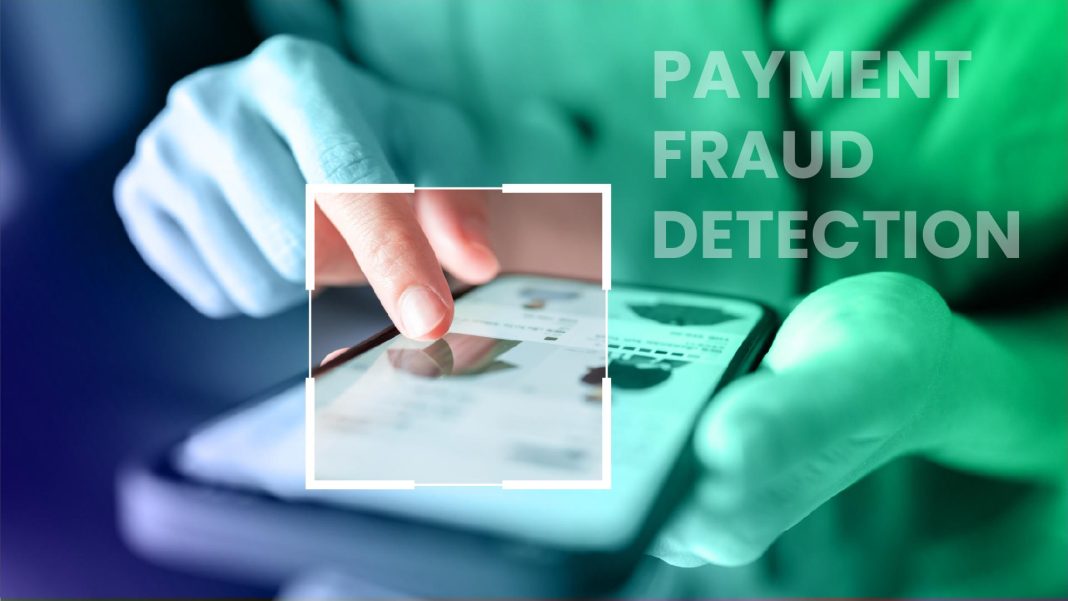In the labyrinthine world of personal finance, credit scores stand as enigmatic sentinels, silently influencing the course of our financial destinies. They are more than mere numbers; they are the invisible architects of our economic opportunities, shaping everything from the interest rates we pay to the homes we can afford. Yet, despite their profound impact, credit scores often remain shrouded in mystery, misunderstood by many who are affected by them. This article aims to demystify these pivotal figures, offering an authoritative guide to understanding credit scores. We will delve into their intricate workings, unravel the myths that surround them, and equip you with the knowledge to harness their power to your advantage. Welcome to a journey of financial enlightenment, where we transform numbers into knowledge and uncertainty into empowerment.
Decoding the Components of Your Credit Score
Understanding the intricacies of your credit score can seem daunting, but breaking it down into its core components can demystify the process. Your credit score is primarily composed of five key elements, each carrying a different weight. The most significant factor is your payment history, accounting for 35% of your score. This reflects your ability to pay bills on time and is a critical indicator of financial responsibility. Following closely is credit utilization, which makes up 30% of your score. This measures the ratio of your credit card balances to your credit limits, emphasizing the importance of keeping balances low.
- Length of Credit History: At 15%, this factor considers the age of your oldest account, the age of your newest account, and the average age of all your accounts.
- New Credit: Making up 10% of your score, this component looks at the number of recently opened accounts and hard inquiries, signaling your credit-seeking behavior.
- Credit Mix: The final 10% evaluates the variety of credit accounts you hold, such as credit cards, retail accounts, installment loans, and mortgage loans.
By understanding these components, you can strategically manage your credit profile, ensuring a healthier financial future.

The Hidden Impact of Credit Inquiries and Utilization
While many are aware of the basics of credit scores, the subtle nuances of credit inquiries and credit utilization often remain overlooked. Each time you apply for a new line of credit, a hard inquiry is recorded on your credit report. These inquiries, though seemingly insignificant, can temporarily lower your score. It’s crucial to be strategic about when and how often you apply for credit. Consider the following:
- Avoid multiple credit applications in a short span of time.
- Be mindful of the types of credit you’re applying for.
On the other hand, credit utilization—the ratio of your credit card balances to your credit limits—plays a pivotal role in shaping your credit score. A high utilization rate can signal to lenders that you’re over-reliant on credit, which may lower your score. Aim to keep your utilization below 30% to maintain a healthy credit profile. Here are some tips:
- Pay down balances regularly.
- Request a credit limit increase if your financial situation allows.
By understanding these hidden impacts, you can take control of your credit score, ensuring it accurately reflects your financial responsibility.

Strategies for Boosting Your Credit Health
Improving your credit health is akin to nurturing a delicate plant; it requires attention, patience, and strategic actions. To start, pay your bills on time. This might seem obvious, but payment history makes up a significant portion of your credit score. Setting up automatic payments or reminders can help ensure you never miss a due date. Additionally, consider the impact of credit utilization. Aim to keep your credit card balances below 30% of your total credit limit. This demonstrates responsible credit management and can positively influence your score.
- Review your credit reports regularly: Errors on your credit report can unfairly damage your score. Obtain free reports from each of the three major credit bureaus annually and dispute any inaccuracies.
- Limit new credit inquiries: Each new credit application can cause a small dip in your score. Be strategic about applying for new credit and do so only when necessary.
- Maintain a mix of credit types: Having a variety of credit accounts, such as credit cards, auto loans, and mortgages, can be beneficial, as long as you manage them responsibly.
By implementing these strategies, you can cultivate a robust credit profile that not only reflects your financial responsibility but also opens doors to better financial opportunities.
Navigating Credit Reports: What Lenders Really See
When lenders pull your credit report, they’re not just glancing at a solitary number. They delve into a detailed profile that paints a picture of your financial behavior. Payment history is a significant factor; lenders scrutinize your record for any late payments or defaults. A consistent pattern of timely payments is a strong indicator of reliability.
Beyond just payments, lenders examine the types of credit you use. A mix of credit cards, mortgages, and installment loans can demonstrate your ability to manage different kinds of debt. They also pay attention to your credit utilization ratio—the amount of credit you’re using compared to your total available credit. Keeping this ratio low suggests that you’re not overly reliant on credit, which is a positive signal to lenders.
- Length of credit history: A longer credit history provides more data for lenders to assess your creditworthiness.
- Recent credit inquiries: Multiple inquiries in a short period can be a red flag, indicating potential financial distress.
- Public records: Bankruptcies, foreclosures, and other public records can significantly impact your credit profile.





